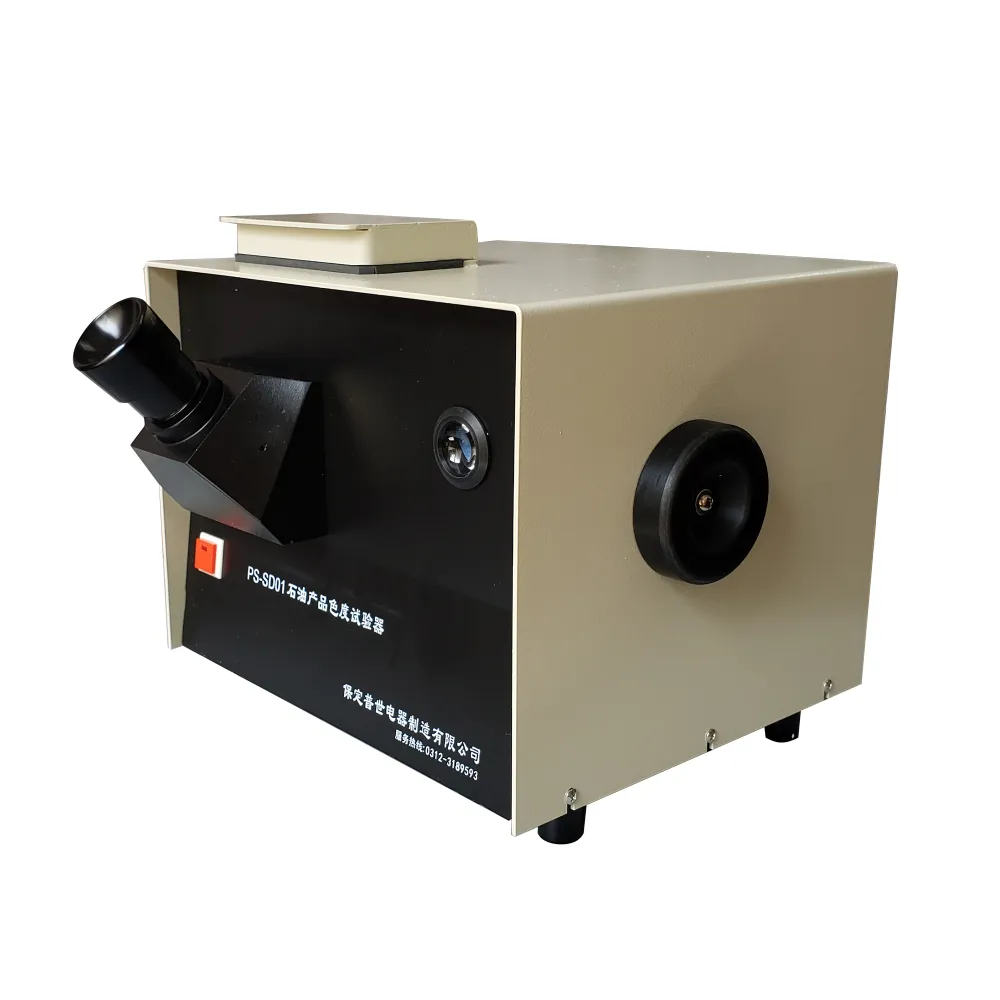 English
English



-
 Afrikaans
Afrikaans -
 Albanian
Albanian -
 Amharic
Amharic -
 Arabic
Arabic -
 Armenian
Armenian -
 Azerbaijani
Azerbaijani -
 Basque
Basque -
 Belarusian
Belarusian -
 Bengali
Bengali -
 Bosnian
Bosnian -
 Bulgarian
Bulgarian -
 Catalan
Catalan -
 Cebuano
Cebuano -
 China
China -
 China (Taiwan)
China (Taiwan) -
 Corsican
Corsican -
 Croatian
Croatian -
 Czech
Czech -
 Danish
Danish -
 Dutch
Dutch -
 English
English -
 Esperanto
Esperanto -
 Estonian
Estonian -
 Finnish
Finnish -
 French
French -
 Frisian
Frisian -
 Galician
Galician -
 Georgian
Georgian -
 German
German -
 Greek
Greek -
 Gujarati
Gujarati -
 Haitian Creole
Haitian Creole -
 hausa
hausa -
 hawaiian
hawaiian -
 Hebrew
Hebrew -
 Hindi
Hindi -
 Miao
Miao -
 Hungarian
Hungarian -
 Icelandic
Icelandic -
 igbo
igbo -
 Indonesian
Indonesian -
 irish
irish -
 Italian
Italian -
 Japanese
Japanese -
 Javanese
Javanese -
 Kannada
Kannada -
 kazakh
kazakh -
 Khmer
Khmer -
 Rwandese
Rwandese -
 Korean
Korean -
 Kurdish
Kurdish -
 Kyrgyz
Kyrgyz -
 Lao
Lao -
 Latin
Latin -
 Latvian
Latvian -
 Lithuanian
Lithuanian -
 Luxembourgish
Luxembourgish -
 Macedonian
Macedonian -
 Malgashi
Malgashi -
 Malay
Malay -
 Malayalam
Malayalam -
 Maltese
Maltese -
 Maori
Maori -
 Marathi
Marathi -
 Mongolian
Mongolian -
 Myanmar
Myanmar -
 Nepali
Nepali -
 Norwegian
Norwegian -
 Norwegian
Norwegian -
 Occitan
Occitan -
 Pashto
Pashto -
 Persian
Persian -
 Polish
Polish -
 Portuguese
Portuguese -
 Punjabi
Punjabi -
 Romanian
Romanian -
 Russian
Russian -
 Samoan
Samoan -
 Scottish Gaelic
Scottish Gaelic -
 Serbian
Serbian -
 Sesotho
Sesotho -
 Shona
Shona -
 Sindhi
Sindhi -
 Sinhala
Sinhala -
 Slovak
Slovak -
 Slovenian
Slovenian -
 Somali
Somali -
 Spanish
Spanish -
 Sundanese
Sundanese -
 Swahili
Swahili -
 Swedish
Swedish -
 Tagalog
Tagalog -
 Tajik
Tajik -
 Tamil
Tamil -
 Tatar
Tatar -
 Telugu
Telugu -
 Thai
Thai -
 Turkish
Turkish -
 Turkmen
Turkmen -
 Ukrainian
Ukrainian -
 Urdu
Urdu -
 Uighur
Uighur -
 Uzbek
Uzbek -
 Vietnamese
Vietnamese -
 Welsh
Welsh -
 Bantu
Bantu -
 Yiddish
Yiddish -
 Yoruba
Yoruba -
 Zulu
Zulu
Electrical Insulation Resistance Testing Techniques and Best Practices for Assessing Safety and Reliability
Electrical Insulation Resistance Testing Ensuring Safety and Reliability in Electrical Systems
Electrical insulation resistance testing is a critical procedure used to assess the integrity of insulating materials in electrical systems and equipment. This testing is essential for ensuring safety, efficiency, and operational reliability in various applications ranging from household wiring to industrial machinery. Conducted regularly, insulation resistance tests help identify potential failures, reducing the risk of electrical hazards such as short circuits, equipment damage, and even fire.
At the core of insulation resistance testing is the measurement of resistance offered by the insulation material that separates conductive parts of electrical equipment. This is usually done using a megohmmeter, an instrument designed to apply a high voltage (typically between 250V to 1000V) to the insulation and measure the resulting current to calculate the resistance in ohms. A higher resistance value indicates better insulation, while a lower value suggests deteriorated insulation, which may require immediate attention.
The primary purpose of these tests is to detect insulation degradation due to factors such as moisture ingress, pollution accumulation, excessive heat, or accidental damage. Over time, these factors can significantly affect the performance of electrical systems. For instance, in industrial settings, motors, transformers, and switchgear often operate in environments that expose them to harsh conditions. Regular testing helps ensure that any deterioration is caught early, preventing potentially catastrophic failures.
Additionally, electrical insulation resistance testing plays a vital role in preventive maintenance programs. By establishing a baseline of insulation resistance values during commissioning, facilities can monitor performance over time and identify trends that may indicate a decline in insulation quality. For example, if resistance readings progressively drop over successive tests, this serves as a warning that maintenance or replacement may be necessary soon.
electrical insulation resistance testing

The testing frequency may vary based on several factors including the type of equipment, its operational environment, and the manufacturer’s recommendations. Generally, testing should be performed during initial installation, after any significant repairs, and routinely during maintenance schedules. Specific guidelines provided by organizations such as the Institute of Electrical and Electronics Engineers (IEEE) or the National Fire Protection Association (NFPA) can also aid in determining the best practices for testing intervals.
While insulation resistance testing is a valuable tool, it is important to recognize its limitations. A single test does not provide a complete picture of an insulation system’s condition, as it only measures resistance at the specific time of testing and under the voltage applied. Other tests, such as dielectric absorption ratio (DAR) and polarization index (PI), can be performed to give a more holistic view of insulation health. The DAR compares resistances measured at different voltages, while the PI measures resistance over time, helping to account for transient changes in insulation behavior.
Conducting insulation resistance testing requires adherence to safety protocols. Personnel performing these tests should be trained and equipped with appropriate personal protective equipment (PPE). The high voltages used during testing can pose serious risks if not handled correctly, making it essential to follow all safety guidelines and procedures.
In conclusion, electrical insulation resistance testing is an indispensable aspect of maintaining safer and more reliable electrical systems. By regularly assessing the condition of electrical insulation, engineers and technicians can identify potential problems early, ensuring the longevity and safety of equipment while minimizing downtime and repair costs. Emphasizing the importance of this testing can lead to better practices in maintenance regimes, ultimately contributing to a safer working environment for everyone involved.
-
Testing Equipment Industry Sees Major Advancements in 2025: Smart & Precision Technologies Lead the WayNewsJun.06,2025
-
Applications of Direct Current Generators in Renewable Energy SystemsNewsJun.05,2025
-
Hipot Tester Calibration and Accuracy GuidelinesNewsJun.05,2025
-
Digital Circuit Breaker Analyzer Features and BenefitsNewsJun.05,2025
-
Benefits of Real-Time Power Quality Monitoring Devices for Industrial EfficiencyNewsJun.05,2025
-
Earth Fault Loop Testing in High-Rise Building Electrical SystemsNewsJun.05,2025



